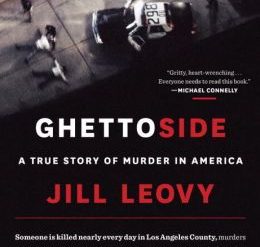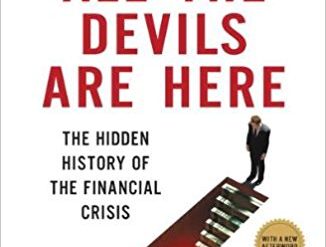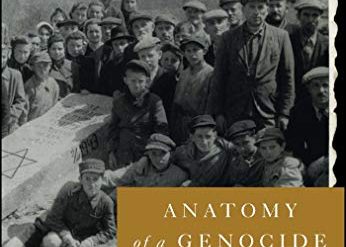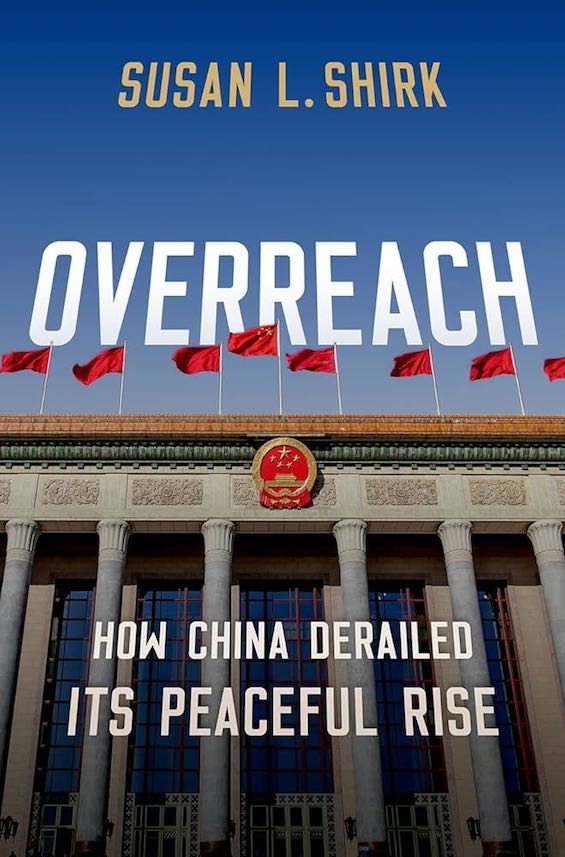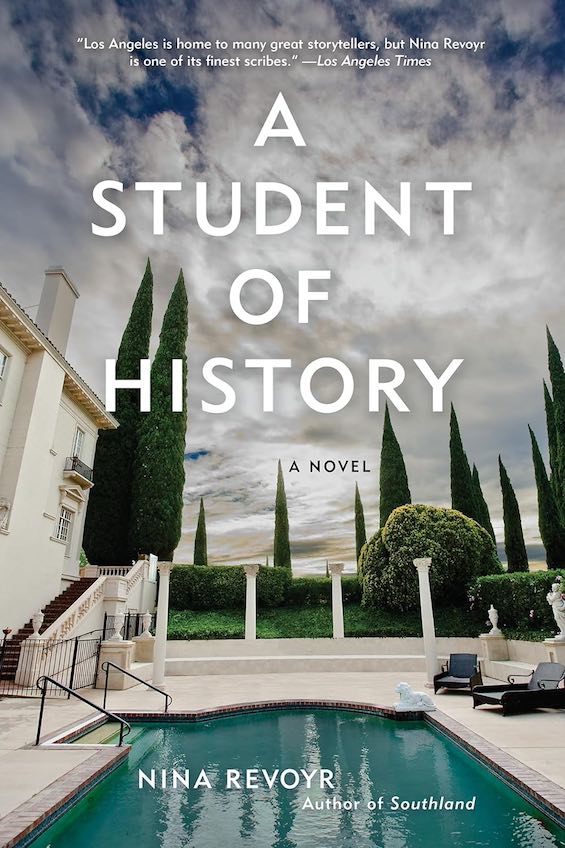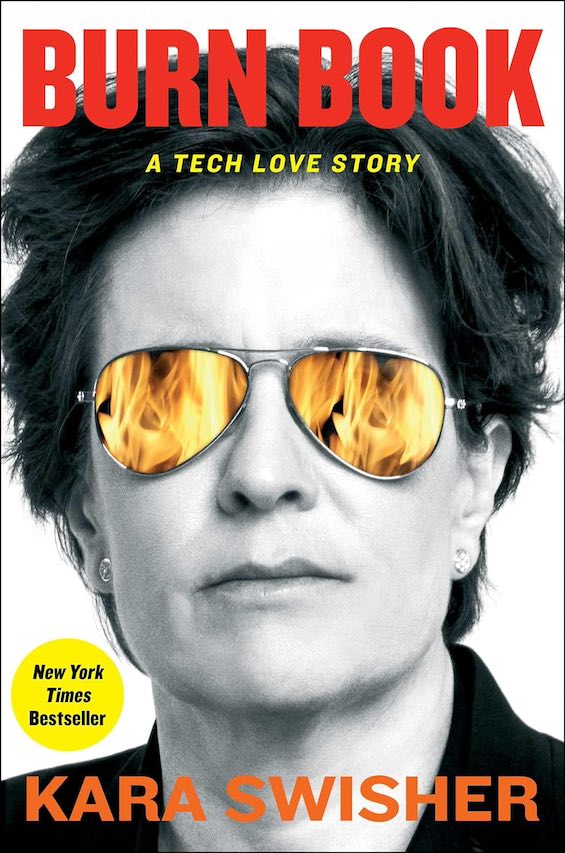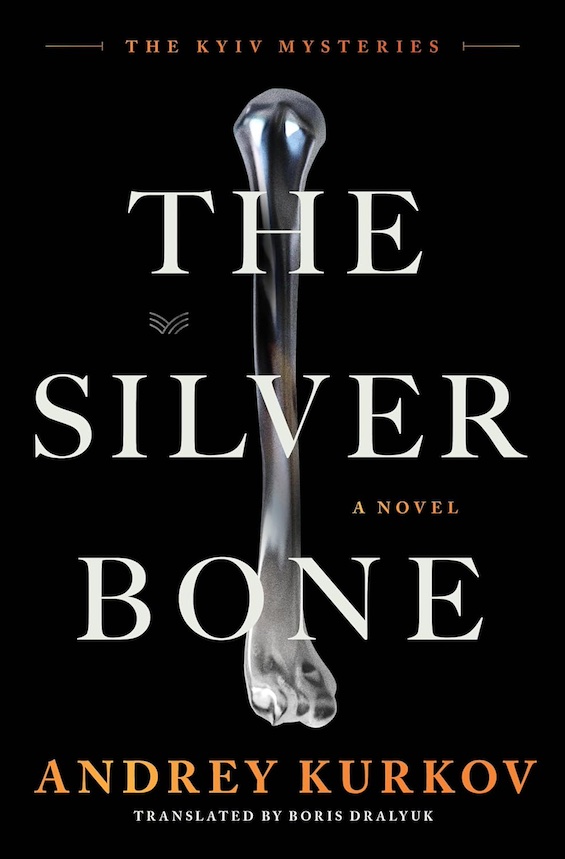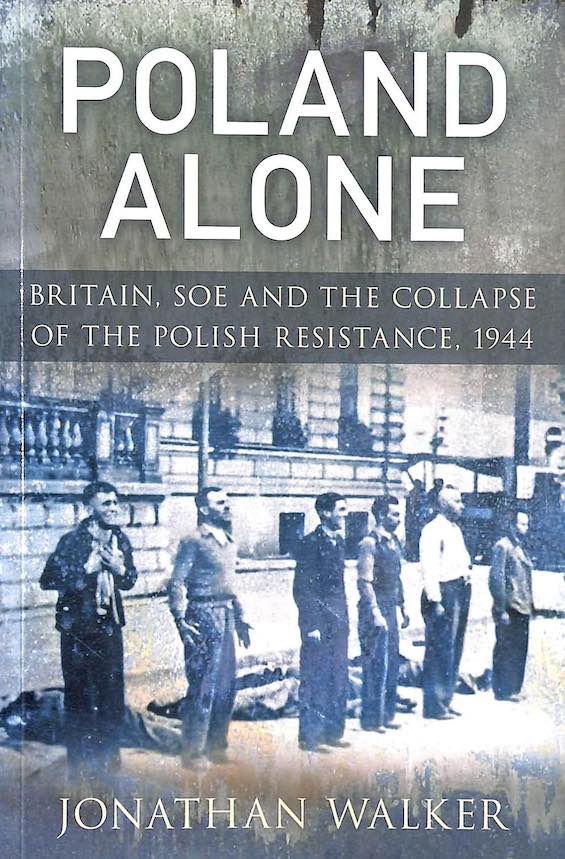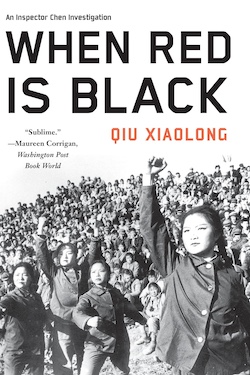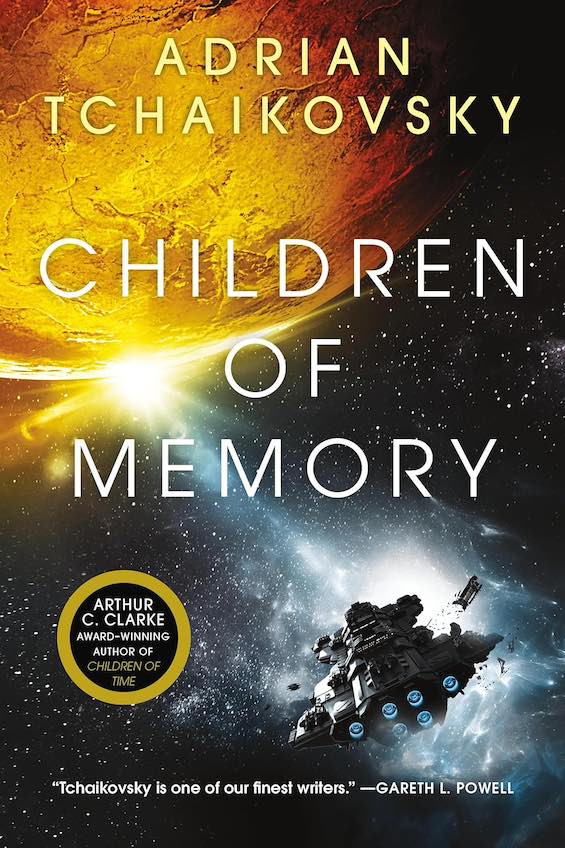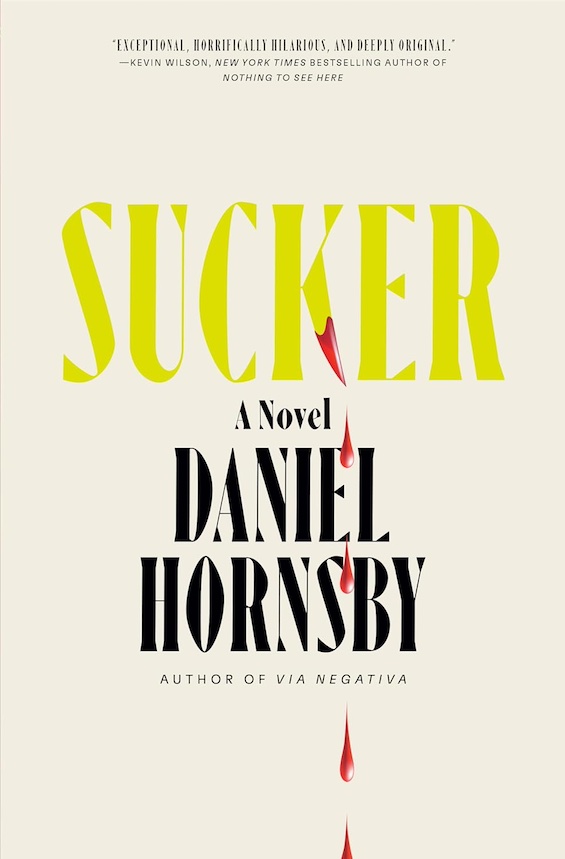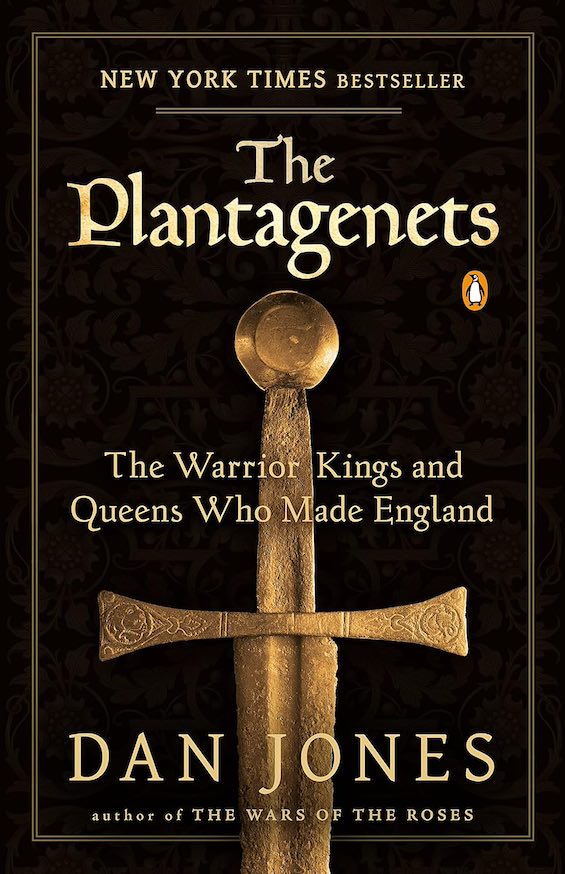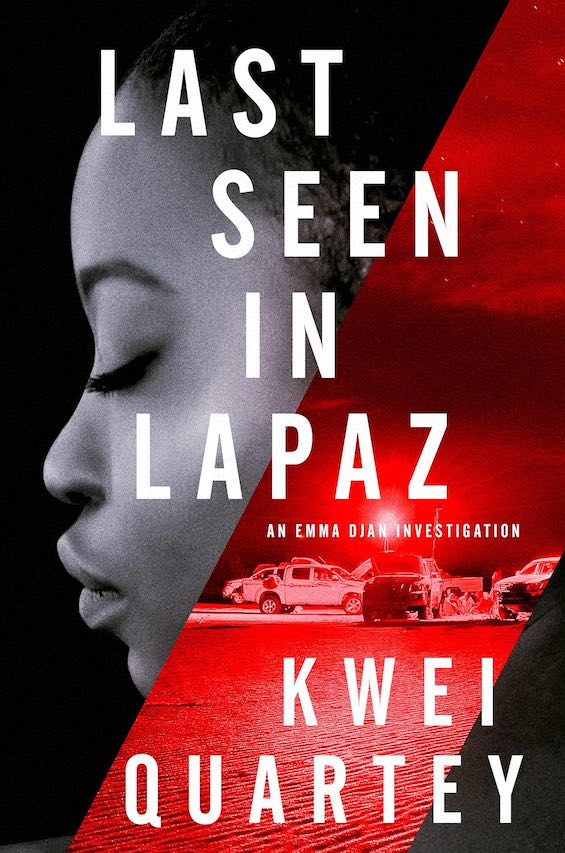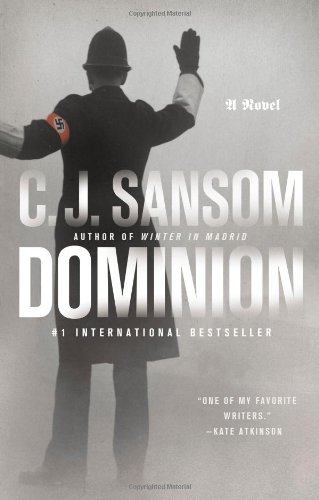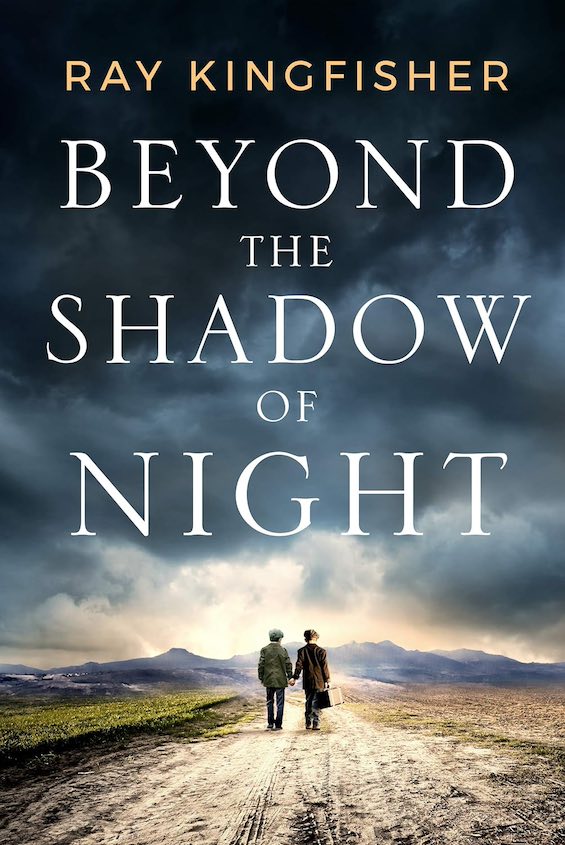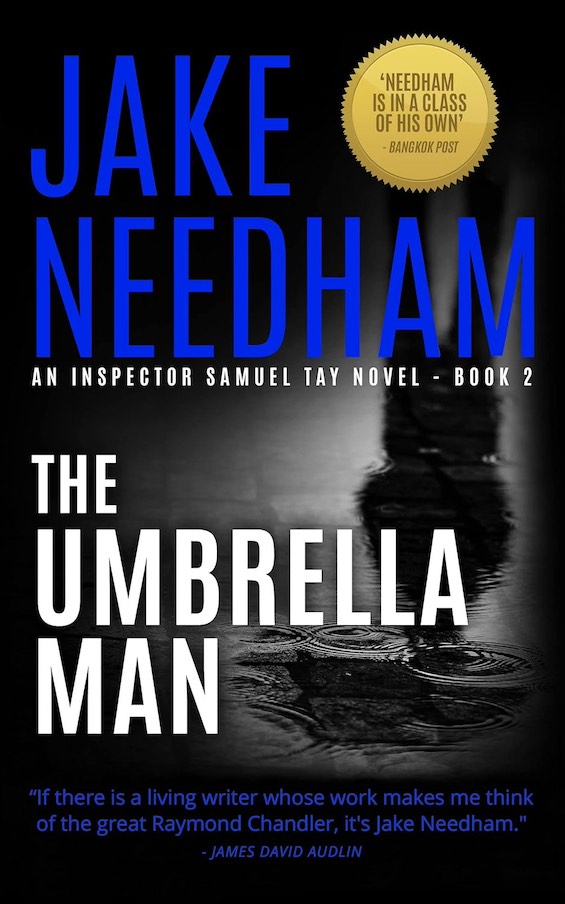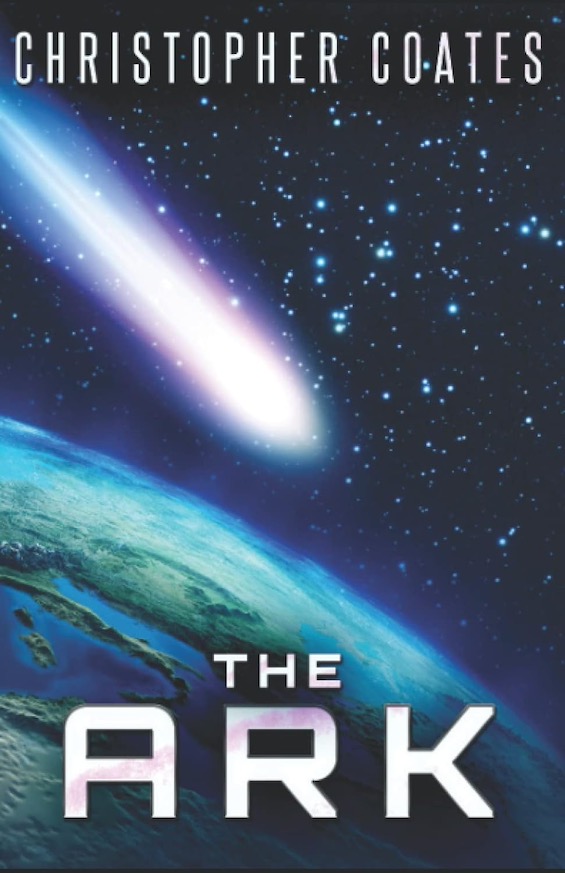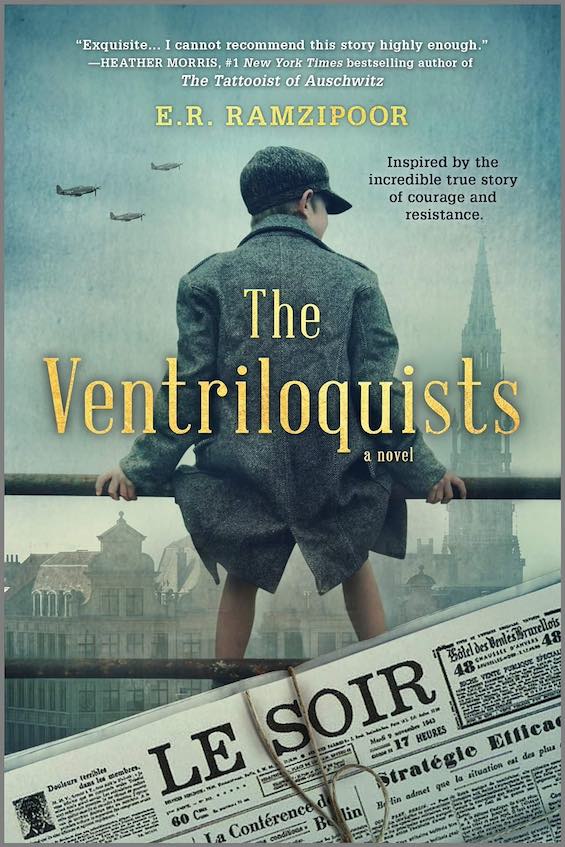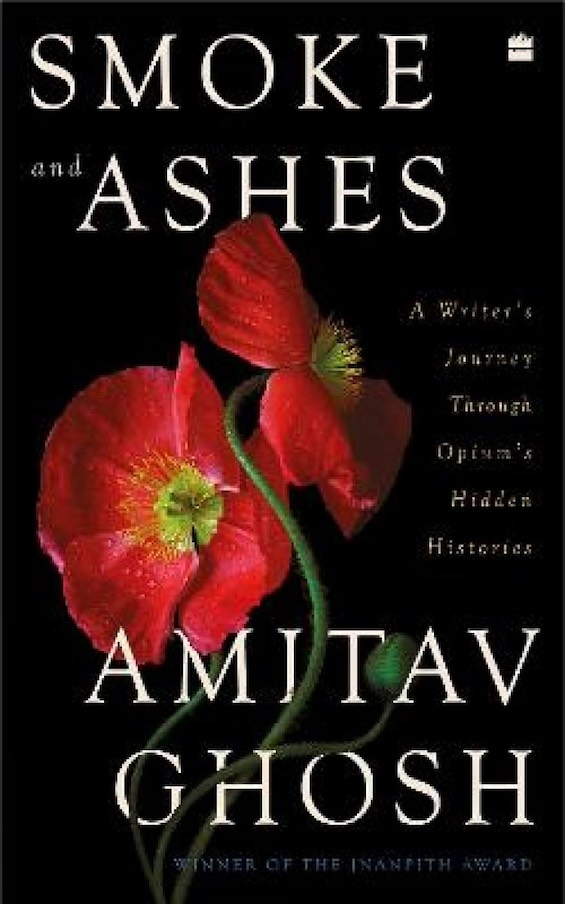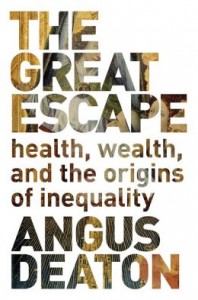
Has the human race made progress since the days when all our lives were nasty, brutish, and short? Some might think this question patently silly, since it would appear to answer itself. But Angus Deaton finds in it a point of entry into his inquiry on “health, wealth, and the origins of inequality,” the subtitle of his ambitious new book about the inequality gap. He is in no doubt that humanity has progressed, not steadily but by fits and starts — and continues to do so to this day. “Today,” he writes, “children in sub-Saharan Africa are more likely to survive to age 5 than were English children born in 1918 . . . [and] India today has higher life expectancy than Scotland in 1945.”
In The Great Escape, Deaton, a veteran professor of economics and international affairs at Princeton, explores inequality — between classes and between countries — with a detailed statistical analysis of trends in infant mortality, life expectancy, and income levels over the past 250 years. He concludes that the large-scale inequality that plagues policymakers and reformers alike in the present day is the result of the progress humanity has made since The Great Divergence (between “the West and the rest”) since the advent of the Industrial Revolution. “Economic growth,” Deaton asserts, “has been the engine of international income inequality.”
The Great Escape: Health, Wealth, and the Origins of Inequality by Angus Deaton (2013) 362 pages ★★★★☆
No argument there: Deaton is far from alone in this belief. Other scholars have written extensively about this topic in recent years. A Farewell to Alms: A Brief Economic History of the World, by Gregory Clark, is just one example. More recently, Thomas Piketty explained how capitalism inevitably leads to rising inequality.
Late in the 18th Century, the countries of Northern Europe and North America on the one hand and those of Asia, Africa, the Middle East, and Latin America on the other hand were not that far apart as measured by the available indicators of health and income. Deaton cites “one careful study [that] estimates that the average income of all the inhabitants of the world increased between seven and eight times from 1820 to 1992.” However, that average obscures a harsh reality. The ever-quickening rate of change in “the West” since 1760 or so has widened the gap between (and within) countries to an extreme degree. Deaton terms the freedom from destitution and early death that so many of us now enjoy “The Great Escape,” taking his title from the 1963 film of that name about a massive escape of prisoners from a German P.O.W. camp in World War II.
A deeply insightful book about the inequality gap
Only now is the gap closing between the rich nations and China and India (by far the world’s two biggest countries, with nearly 40 percent of the planet’s population and half the world’s poor). Deaton doesn’t consider a bright future for all a certainty, not by any means, in view of global climate change and the ever-present threat of killer pandemics. But, assuming the species continues to thrive, there is sufficient data available now to have some confidence that the gross inequality now existing among nations will not persist forever. After all, five sub-Saharan African countries are now growing their economies faster than China’s.
However, that misleading factoid ignores the outsize role that China has played in “the Great Escape” globally. Deaton notes, as have other observers, that “the number [of] people in the world living on less than a (2005) dollar a day fell from about 1.5 billion in 1981 to 805 million in 2008 . . . [This] decline in numbers is driven almost entirely by the Chinese growth miracle; if China is excluded, 785 million people lived on less than a dollar a day in 1981 compared with 708 million in 2008.” (This reality is one of the principal reasons why Paul Polak and I insist in The Business Solution to Poverty that traditional methods to end poverty have largely failed. After all, China’s methods were hardly traditional!)
Foreign aid comes up short
In the course of exploring the historical record of growing inequality on the world stage, Deaton delves deeply into the role of foreign aid (officially, Overseas Development Assistance, or ODA) and finds it comes up short. “You cannot develop other countries from the outside with a shopping list for Home Depot, no matter how much you spend,” he writes. With the exception of outside interventions in public health programs — including such breakthroughs as the eradication of smallpox and the near-success with polio — Deaton finds that foreign aid has done more harm than good. He argues that where the conditions for development are present, outside resources are unnecessary. Where they’re absent, ODA entrenches local elites, distorts the local economy, and discourages local initiative. The author insists that “the record of aid shows no evidence of any overall beneficial effect.”
But that’s only part of the story.
Remittances from overseas workers account for twice as much as foreign aid
In 2012, ODA totaled about $136 billion. Throw in another $30 billion or so from NGOs, and total outside assistance comes to under $200 billion annually. However, net resource transfers from developing countries to rich countries are well in excess of $500 billion annually. (Transfers reached a peak of $881 billion in 2007, fell with the Great Recession, but are rising again.) Quite apart from the fact that an estimated 70 percent of “foreign aid” is actually spent on products and services from donor nations, ODA merely puts a dent in the huge disadvantage that poor countries suffer as a result of lopsided trade policies and prevailing political and commercial imbalances. In any case, just one factor in those resource flows — remittances from overseas residents of poor countries to their families back home — are twice as large as ODA.
The Great Escape is a worthy effort from a senior scholar whose wide-ranging studies have led him to big-picture conclusions. Policymakers and practitioners should be listening carefully. This book about the inequality gap is must reading in the field.
For further reading
This is one of the books I’ve included in my posts, Gaining a global perspective on the world around us and Good books about economic inequality.
It’s also one of 20 top books about Africa, including both fiction and nonfiction.
For books on closely related topics, see:
- Narrowing global inequities: a reading list
- Third World poverty and economic development: a reading list
- The top 10 books on the economics of poverty
- A resource list on social enterprise
And you can always find my most popular reviews, and the most recent ones, plus a guide to this whole site, on the Home Page.


